Need protective gear that fits well and works? Finding the right material is hard. Poor material choice means discomfort and less safety. This causes problems for users and manufacturers.
EVA foam thermoforming shapes this material using heat and pressure. This process creates custom parts for helmets, pads, and footwear. It makes protective gear comfortable and effective for many uses.
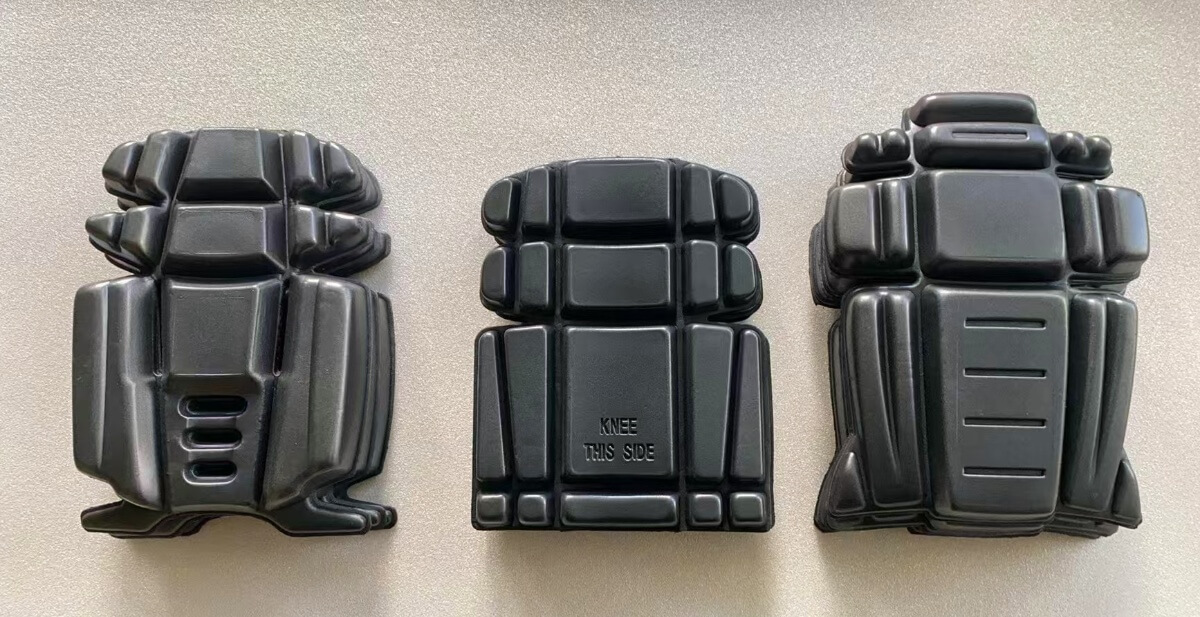
I have seen many materials used for protection over the years. EVA foam stands out. Let's look at why people in the personal protection market choose it.
Why EVA Foam is a Go-To Material for Personal Protection?
Do you worry about making protective gear comfortable and safe? Choosing the right material is key. The wrong choice can make products bulky or ineffective. This hurts user acceptance and safety ratings.
EVA foam1 is a top choice for personal protection because it offers a great mix of shock absorption, flexibility, and light weight. It is also easy to shape using heat, making custom fits possible.
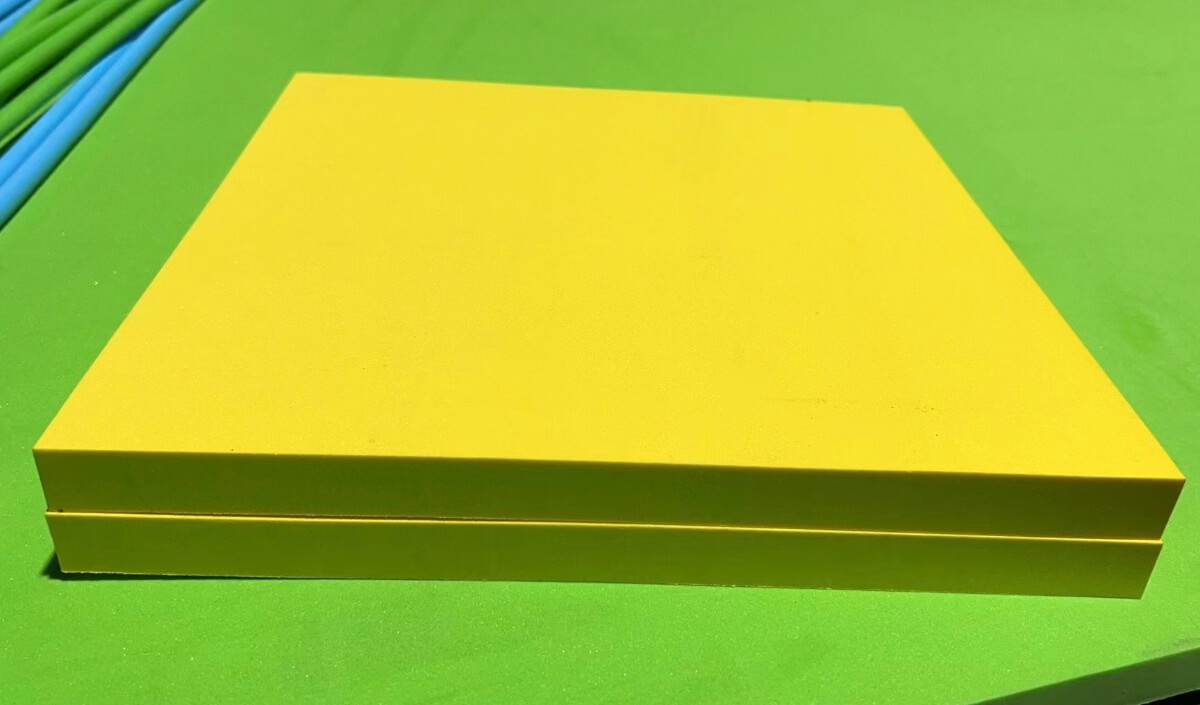
When we help companies like SafeGuard Equipment, they need materials that perform. EVA foam has properties that meet tough demands. It protects people well. It also works well with manufacturing processes. This combination is hard to beat. EVA foam absorbs impacts. It bounces back after compression. It feels soft against the skin. It does not weigh much. These points are vital for products people wear for safety. Think about a helmet liner or a knee pad. It needs to absorb a hit. It also needs to feel good for a long time. EVA foam does this. It is also durable. It lasts through repeated use. This is important for sports gear or industrial pads. Manufacturers can cut it, shape it, and bond it easily. This helps make complex designs. It keeps production costs reasonable. [I remember a project where a client needed a very specific shape for a shoulder pad. EVA foam's ability to be thermoformed made this custom shape possible.
EVA Foam Properties Relevant to Thermoforming and Protection?
Are you unsure which EVA foam properties matter most? Not knowing the key features can lead to choosing the wrong foam. This affects how well it forms and how much it protects.
Key EVA foam properties for thermoforming and protection include its ability to soften with heat, its energy absorption2, its flexibility, and its density. These features allow it to be molded into complex shapes and provide impact cushioning.
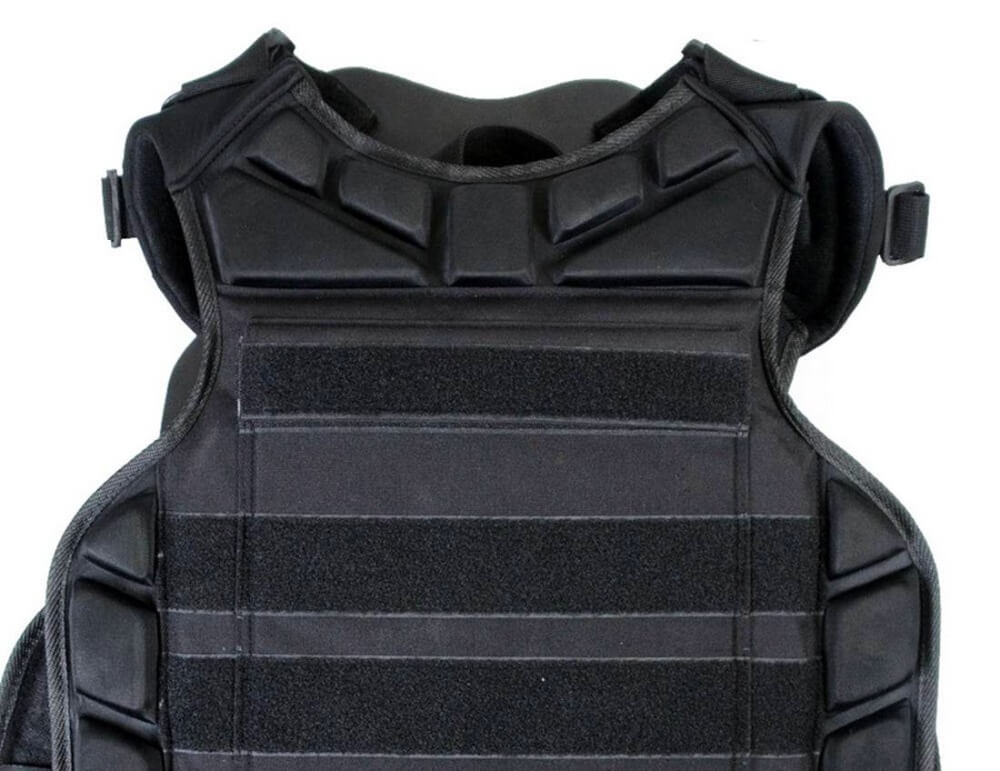
Understanding EVA foam properties helps us make the best products. We work with many types of foam. EVA has specific traits that make it good for thermoforming and protection. These traits work together.
Key Physical and Mechanical Properties of EVA Foam for Protective Gear
EVA foam is known for absorbing energy. When something hits it, the foam compresses. It takes the force of the impact. This protects the person wearing the gear. It is also flexible. It bends easily. This helps it fit body shapes. It feels comfortable. It is light. This means protective gear does not feel heavy. People can move freely. It resists water. This is good for sports or outdoor use. It does not break down easily from sweat or moisture. It is also durable. It can handle repeated use without losing its shape or protection level quickly. We test these things carefully.
Thermal Properties of EVA Foam: What Matters for Successful Thermoforming
Thermoforming uses heat. EVA foam softens when heated. It becomes pliable. This is the key thermal property. It has a specific temperature range where this happens. It does not melt suddenly like some plastics. It softens over a range. This makes it easier to control the forming process. It cools down fast. It keeps the new shape. This is important for production speed. We need to control the heat precisely. Too much heat can damage the foam. Too little heat means it will not form correctly. Our experience helps us find the right temperature for different EVA types.
Cell Structure and Density: How They Influence EVA Foam's Performance and Formability
EVA foam has a cell structure3. It is like tiny bubbles inside the material. These cells trap air. The cell size and how they are arranged affect the foam. Closed-cell EVA foam is common for protection. The cells are sealed. They do not let water in. They provide good cushioning. Density is how much material is in a certain space. Higher density foam is usually firmer. It offers more support. It can absorb higher impacts. Lower density foam is softer. It is lighter. It is good for comfort layers. Density also affects thermoforming. Higher density foam might need more heat or pressure. The cell structure and density influence how the foam compresses. They affect how it springs back. We choose the right density and cell structure for each product need.
| Property | Relevance to Protection | Relevance to Thermoforming |
|---|---|---|
| Energy Absorption | Reduces impact force | N/A |
| Flexibility | Conforms to body, adds comfort | Allows shaping without cracking |
| Light Weight | Reduces user fatigue | Easy handling during process |
| Water Resistance | Protects foam, hygienic | Does not absorb water during heating |
| Softening Temp | N/A | Determines process temperature |
| Density | Affects firmness and impact level | Influences heat/pressure needs |
| Cell Structure | Affects cushioning, water resistance | Can influence how foam stretches |
The Thermoforming Process for EVA Foam
Is the EVA foam thermoforming process a mystery to you? Not knowing the steps can make quality control hard. It can lead to wasted material and bad parts.
The EVA foam thermoforming process involves heating a sheet of foam until it is soft, placing it over or into a mold, and using vacuum or pressure to shape it. The foam cools in the mold and keeps the new shape.
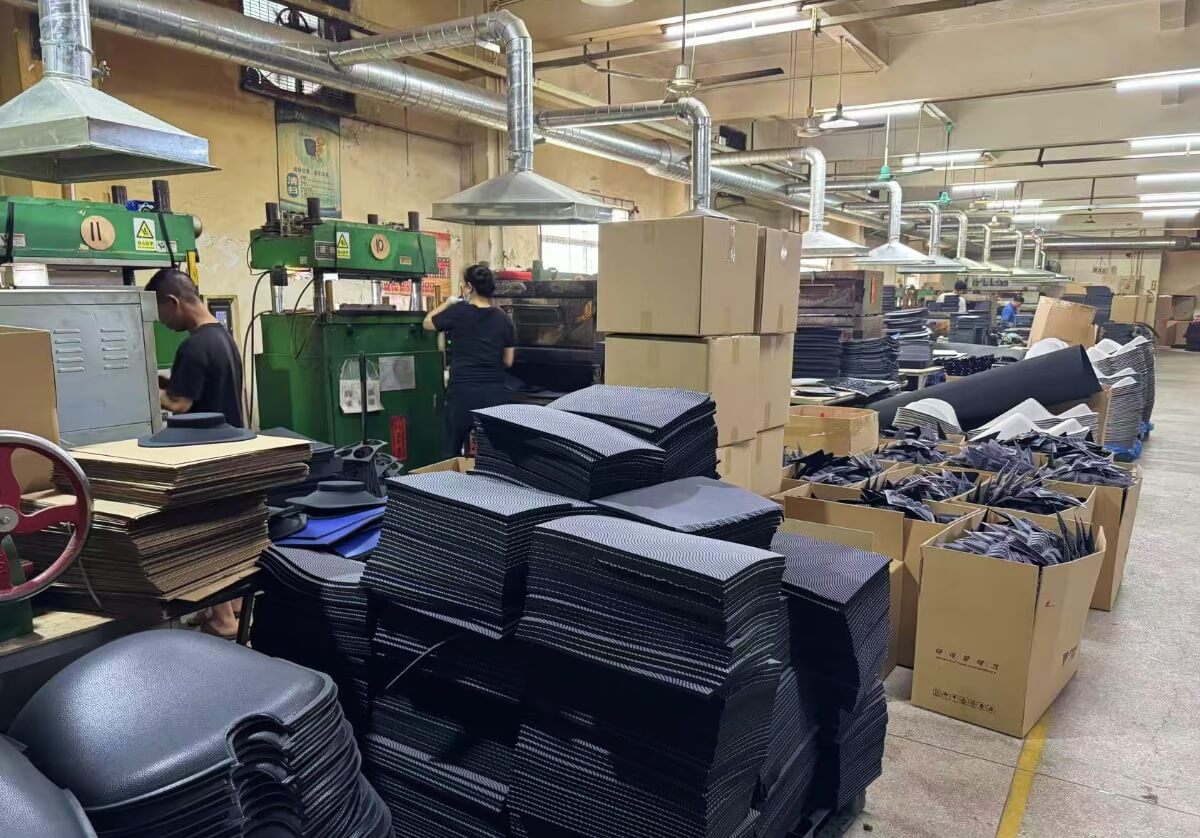
We have used thermoforming for over 15 years. It is a powerful way to shape foam. It allows us to create complex, curved parts. These parts fit well in protective gear. The process needs careful control. We follow specific steps to get good results every time. This process is different from injection molding or die cutting. It uses heat to make the foam bendable. Then it forms the shape.
Understanding the EVA Foam Thermoforming Process: Steps and Principles
The process starts with a flat sheet of EVA foam. We place the sheet into a frame. The frame holds it flat. We heat the foam. We use radiant heaters or hot air ovens. The heat makes the foam soft and rubbery. We move the softened foam sheet over a mold. The mold has the desired shape. We then apply vacuum or pressure. Vacuum pulls the foam down onto the mold surface. Pressure pushes the foam onto the mold. This forces the foam to take the mold's shape. The foam cools down while it is still on the mold. As it cools, it becomes stiff again. It holds the shape of the mold. Finally, we remove the shaped part from the mold.
Critical Process Parameters: Temperature, Time, and Pressure in EVA Thermoforming
Three main things control the process: temperature, time, and pressure. Temperature is how hot the foam gets. It must be hot enough to soften the foam fully. It must not be so hot that it damages the foam structure. Time is how long the foam is heated. It needs enough time to heat all the way through. Thicker foam needs more time. Pressure or vacuum is how strong the force is that shapes the foam. More detailed shapes might need more pressure. The type of EVA foam affects these settings. Different densities or formulations need different parameters. We fine-tune these settings for each project. This ensures the foam forms correctly. It makes sure the final part has the right thickness and shape.
Tooling and Mold Design for EVA Foam Thermoforming
The mold is key to the shape. Molds can be made from wood, plastic, or metal. Metal molds last longer for high volume. Mold design is important. It must have the exact shape needed for the final part. It needs features to allow vacuum or pressure to work well. Air holes are needed for vacuum forming. The mold surface affects the foam surface finish. We design molds based on the product requirements. We consider how the foam will stretch and thin during forming. This helps us make molds that produce accurate parts. Good mold design saves time and material.
Post-Thermoforming Operations: Trimming, Bonding, and Finishing EVA Parts
After forming, the part is still attached to the larger foam sheet. We need to trim away the extra material. Die cutting is often used for trimming. This cuts the shaped part cleanly. Sometimes, we need to bond multiple thermoformed parts together. We use special adhesives for this. We can also bond thermoformed foam to other materials. This includes fabric or rigid plastic shells. Finishing steps might include adding logos or surface treatments. Each step needs care. It makes sure the final component meets quality standards. These steps complete the process from a flat sheet to a finished protective part.
Applications in Personal Protection
Are you looking for ways to use shaped foam in protective gear4? Not knowing where thermoformed EVA fits can limit product design. It might mean missing out on better comfort and protection.
Thermoformed EVA foam is widely used in personal protection. It creates shaped padding for helmets, body armor, sports pads, and footwear. It adds comfort and critical impact protection in specific areas.
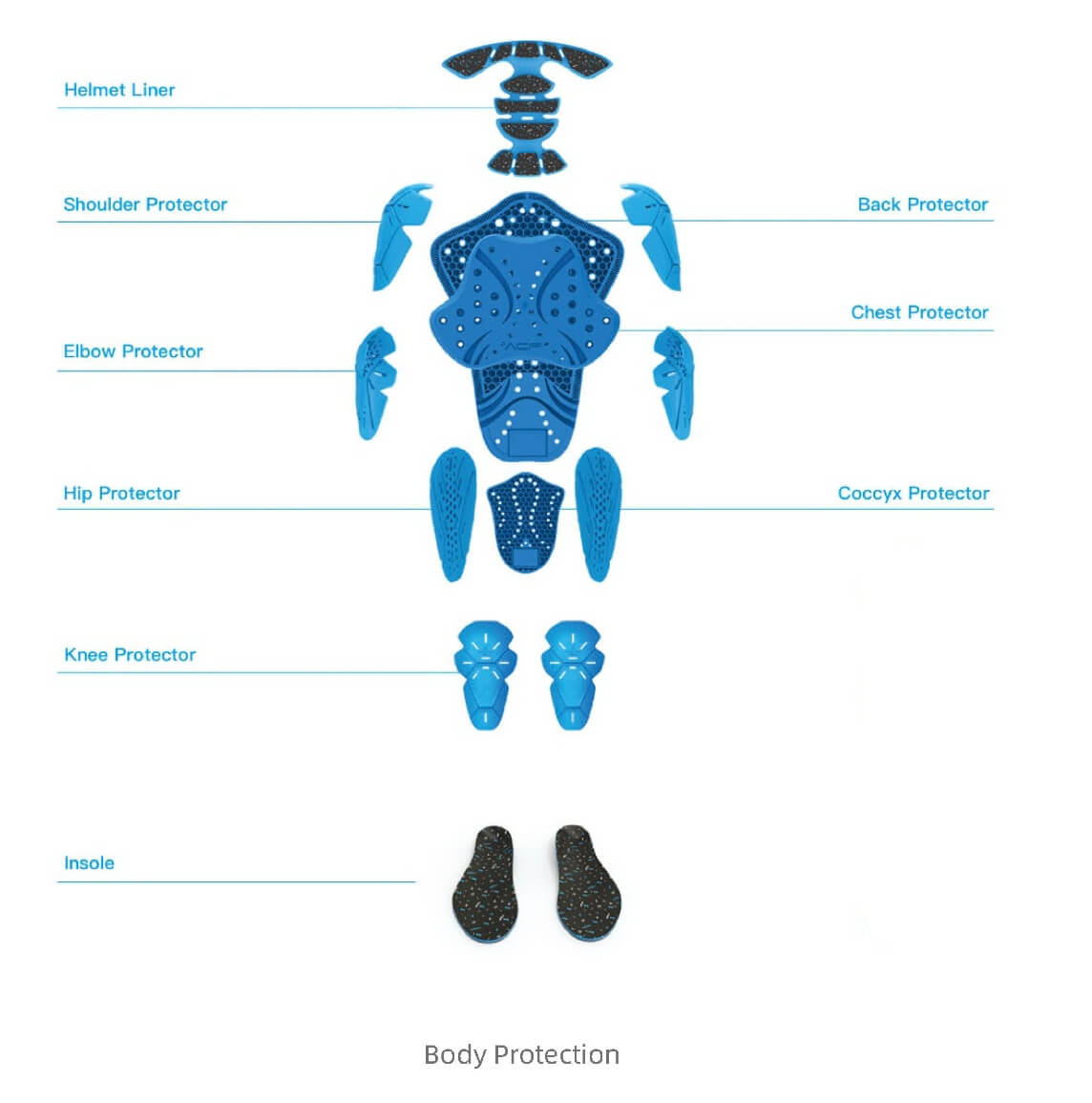
We see thermoformed EVA foam in many products. It is a core material for companies making protective equipment. Its ability to be shaped makes it perfect for fitting complex body curves or helmet interiors.
Thermoformed EVA Foam in Head Protection: Helmet Liners and Pads
Helmets need a liner that fits the head shape well. It also needs to absorb impact energy. Thermoformed EVA foam is often used for helmet liners and fit pads. It can be molded to match the inside shape of a helmet shell. It can also be shaped to fit specific head contours. This provides a snug and comfortable fit. A good fit is important for safety. It keeps the helmet in place. The foam absorbs shock during an impact. Different densities can be used in layers. This gives different levels of protection. We make custom liners for various helmet types. This includes sports helmets, industrial hard hats, and military helmets.
Body Protection: Using Thermoformed EVA in Sports Gear and Body Armor
Body protection needs pads that cover specific areas. These areas include shoulders, elbows, knees, and chests. Thermoformed EVA foam creates shaped pads for these areas. It can be molded with curves to fit joints. It can have channels or vents molded in for airflow. This adds comfort during activity. In sports gear, it is used in pads for football, hockey, and martial arts. In body armor, it provides blunt trauma protection layers. It works with hard plates or shells. The shaped foam spreads impact force. It reduces the energy reaching the body. We produce custom pads for many types of body protection.
Protective Footwear Components: Insoles, Midsoles, and Ankle Protection
Footwear needs cushioning and support. It also needs protection in some cases. Thermoformed EVA foam is used for insoles and midsoles. It provides shock absorption for the foot. It can be molded with arch support or heel cups. This improves comfort and stability. It is also used for ankle protection in boots or skates. It can be shaped to fit around the ankle bone. This provides padding and support. The ability to mold complex shapes helps create ergonomic footwear components. These components improve performance and prevent injury.
Other Personal Protection Applications (e.g., Joint Braces, Industrial Pads)
Thermoformed EVA foam is also used in other areas. It is found in joint braces for knees, elbows, or wrists. It provides padding and support around the joint. It can be shaped to fit the anatomy. In industrial settings, it is used for padding in workwear or equipment. Examples include kneeling pads or protective inserts for vests. It provides cushioning against hard surfaces or impacts. Its durability and ability to be shaped make it useful in many niche protection products. We have helped clients develop unique protective pads for various industrial needs.
Design and Manufacturing Considerations
Are you thinking about designing protective gear with thermoformed EVA? Not planning for design and manufacturing needs can cause problems. It can lead to parts that do not fit or do not meet safety rules.
Designing with thermoformed EVA foam requires considering the desired shape, thickness variation during forming, and how it will integrate with other materials. Manufacturing needs include precise temperature control and quality checks to ensure parts meet performance standards.
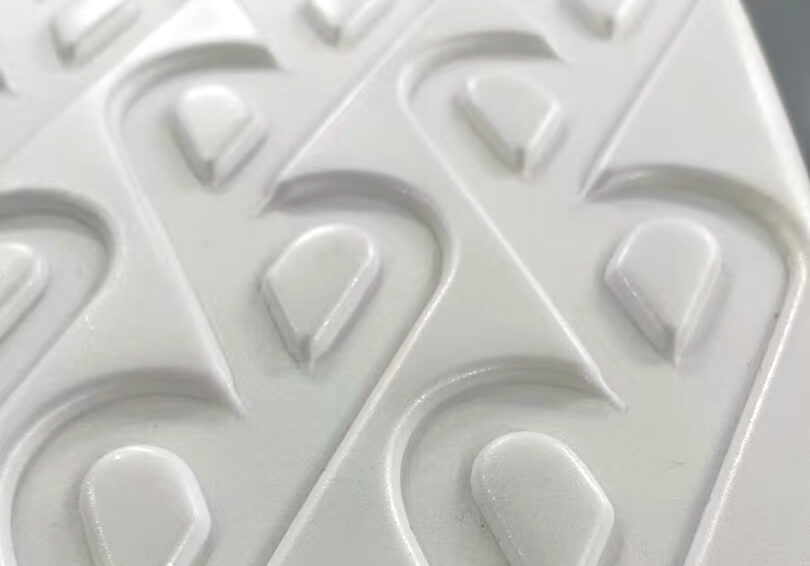
Making effective protective gear with thermoformed EVA needs careful planning. We help clients like SafeGuard Equipment go from idea to final product. This involves thinking about design for manufacturing and ensuring high quality.
Achieving Desired Fit and Comfort Through Thermoformed EVA Design
Fit and comfort are very important for personal protection. Gear that is uncomfortable might not be worn correctly or at all. Thermoformed EVA foam can be designed to fit body contours closely. The mold shape dictates the final form. We can design molds to create specific curves, channels, or features. These features help the foam fit better. They can also allow airflow for comfort. Foam density and thickness also play a role. Softer foam feels more comfortable against the skin. Thicker foam provides more cushioning. The design must balance protection needs with comfort needs. We use our experience to help clients design parts that feel good and protect well.
Quality Control and Testing Standards for Thermoformed EVA PPE Components
Quality is critical for protective gear. The parts must perform as expected. We have quality control steps for thermoformed EVA parts. We check the shape and dimensions against the design. We look for defects like thinning, bubbles, or uneven surfaces. We also test the foam's properties. This includes testing energy absorption and compression set. These tests make sure the foam still performs after forming. Personal protective equipment often has specific testing standards. These standards ensure the product protects the user. We make sure our thermoformed components help the final product meet these standards. Our commitment to quality ensures the parts we make are reliable.
Conclusion
EVA foam thermoforming is a great method for personal protection. It shapes foam for comfort and impact safety. This process helps make effective protective gear.
-
Explore the advantages of EVA foam in protective gear, including its shock absorption and comfort features, which are crucial for safety. ↩
-
Understanding energy absorption in EVA foam is crucial for selecting the right material for protective gear, ensuring safety and comfort. ↩
-
Learning about cell structure in EVA foam helps in understanding its cushioning and durability, vital for effective protective applications. ↩
-
This resource will provide insights into the design principles that ensure protective gear meets safety standards while maintaining comfort. ↩

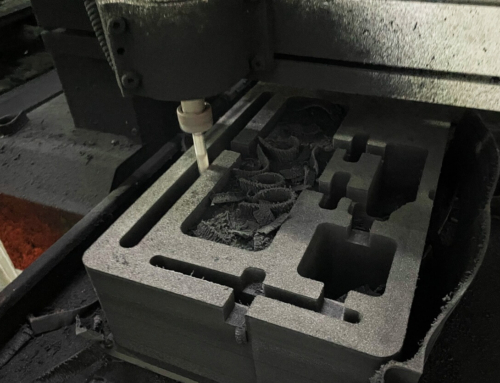
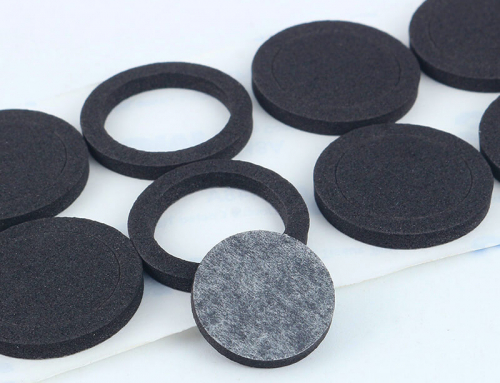
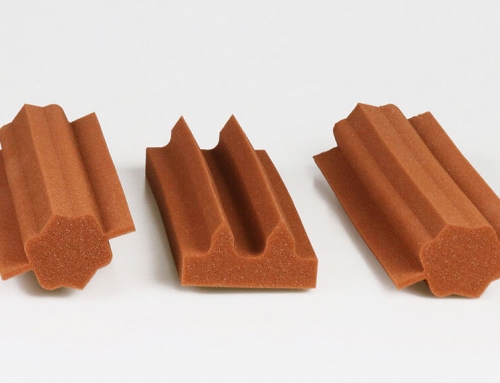
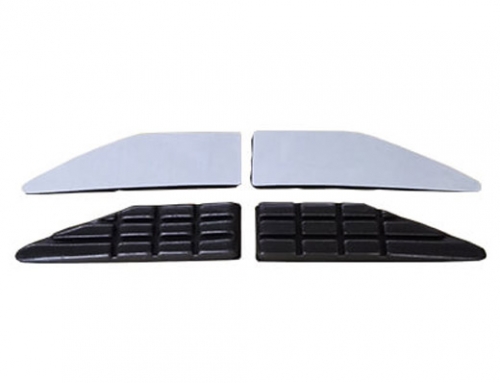
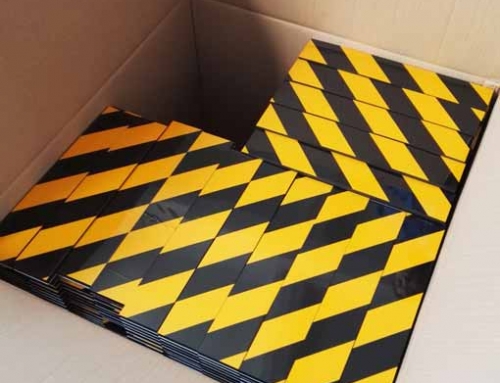
Leave A Comment